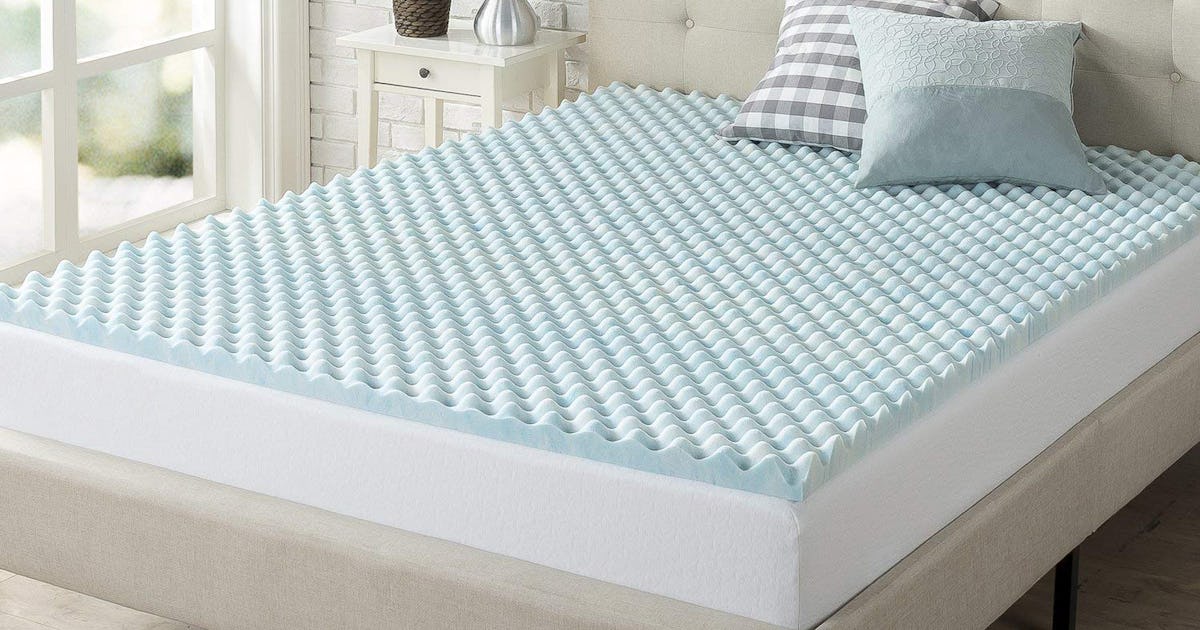When it comes to choosing a new mattress, there are many factors to consider. One of the most important decisions you'll have to make is whether to go for a memory foam or orthopaedic mattress. Both options have their own unique benefits and features, so it's important to understand the differences between them in order to make an informed decision. In this article, we'll compare the top 10 main aspects of memory foam and orthopaedic mattresses to help you find the perfect fit for your needs.Memory Foam vs Orthopaedic Mattresses: Which One is Right for You?
Memory foam mattresses are made from a special type of foam that is designed to conform to the shape of your body when you lie on it. This provides excellent support and comfort, as the foam evenly distributes your weight and relieves pressure points. Memory foam mattresses are also known for their motion isolation properties, making them a great choice for couples.1. Memory Foam Mattresses
Orthopaedic mattresses, on the other hand, are specifically designed to provide support for your spine and joints. They are often made with firmer materials, such as pocket springs or high-density foam, to keep your body properly aligned while you sleep. These mattresses are ideal for those who suffer from back pain or other orthopaedic issues.2. Orthopaedic Mattresses
When it comes to support, both memory foam and orthopaedic mattresses have their own advantages. Memory foam mattresses offer targeted support by contouring to your body's shape, while orthopaedic mattresses provide uniform support for your entire body. It ultimately depends on your individual needs and preferences.3. Comparison of Support
Comfort is a key factor when choosing a mattress, as it can greatly affect the quality of your sleep. Memory foam mattresses are known for their plush and cushioned feel, which can provide a cozy and snug sleeping experience. Orthopaedic mattresses may feel firmer, but they are designed to provide relief for specific pressure points, resulting in overall comfort for your body.4. Comfort Levels
Memory foam mattresses are typically made from a combination of polyurethane foam and other materials, such as gel or latex, to enhance their cooling or supportive properties. Orthopaedic mattresses, on the other hand, may be made with a variety of materials such as pocket springs, high-density foam, or natural latex to provide the necessary support for your body.5. Differences in Materials
Memory foam mattresses offer a number of benefits, including pressure relief, motion isolation, and temperature regulation. The foam's ability to conform to your body's shape can provide relief for those with joint pain or pressure points. The motion isolation properties make it a great choice for light sleepers, as it reduces the disturbance caused by your partner's movements. Additionally, many memory foam mattresses come with cooling technologies to help regulate your body temperature while you sleep.6. Benefits of Memory Foam Mattresses
Orthopaedic mattresses are specifically designed to provide support for your spine and joints, making them a great choice for those with orthopaedic issues. They can help alleviate aches and pains and promote better spinal alignment. Additionally, the firmer materials used in orthopaedic mattresses can provide a longer-lasting and more durable sleep surface.7. Benefits of Orthopaedic Mattresses
When comparing memory foam and orthopaedic mattresses, there are a few key features to consider. These include the mattress's firmness level, thickness, and materials. It's important to choose a mattress that suits your individual needs and preferences, as well as your sleeping style.8. Features to Consider
Reading reviews and recommendations from other customers can also help you make a decision. Look for feedback on the mattress's comfort, support, durability, and overall quality. Keep in mind that everyone's preferences are different, so take a variety of opinions into consideration.9. Reviews and Recommendations
Memory Foam Mattress vs Orthopaedic: Which One is Better for Your Sleep?

Introduction
 When it comes to getting a good night's sleep, choosing the right mattress is crucial. With so many options available in the market, it can be overwhelming to decide on the perfect one for you. Two popular choices that often come up in the debate are memory foam mattresses and orthopaedic mattresses. Both these types of mattresses have their own unique features and benefits, but which one is better for your sleep? Let's take a closer look at the differences between memory foam and orthopaedic mattresses to help you make an informed decision.
When it comes to getting a good night's sleep, choosing the right mattress is crucial. With so many options available in the market, it can be overwhelming to decide on the perfect one for you. Two popular choices that often come up in the debate are memory foam mattresses and orthopaedic mattresses. Both these types of mattresses have their own unique features and benefits, but which one is better for your sleep? Let's take a closer look at the differences between memory foam and orthopaedic mattresses to help you make an informed decision.
The Comfort Factor
 When it comes to comfort, memory foam mattresses are often considered the winner. The foam conforms to the shape of your body, providing support and cushioning for your pressure points. This makes it an ideal choice for those who suffer from back or joint pain. On the other hand, orthopaedic mattresses are designed specifically to support the spine and maintain proper alignment. They are firmer and provide more support, making them a better option for those with back problems.
Related keyword:
back pain relief
When it comes to comfort, memory foam mattresses are often considered the winner. The foam conforms to the shape of your body, providing support and cushioning for your pressure points. This makes it an ideal choice for those who suffer from back or joint pain. On the other hand, orthopaedic mattresses are designed specifically to support the spine and maintain proper alignment. They are firmer and provide more support, making them a better option for those with back problems.
Related keyword:
back pain relief
Durability and Longevity
 When it comes to durability and longevity, both memory foam and orthopaedic mattresses have their own advantages. Memory foam mattresses are made from high-density foam and can last up to 10 years with proper care. However, they may lose their shape and firmness over time. Orthopaedic mattresses, on the other hand, are made from more durable materials and can last even longer. They are designed to maintain their shape and provide the same level of support for years to come.
Related keyword:
mattress lifespan
When it comes to durability and longevity, both memory foam and orthopaedic mattresses have their own advantages. Memory foam mattresses are made from high-density foam and can last up to 10 years with proper care. However, they may lose their shape and firmness over time. Orthopaedic mattresses, on the other hand, are made from more durable materials and can last even longer. They are designed to maintain their shape and provide the same level of support for years to come.
Related keyword:
mattress lifespan
Price and Affordability
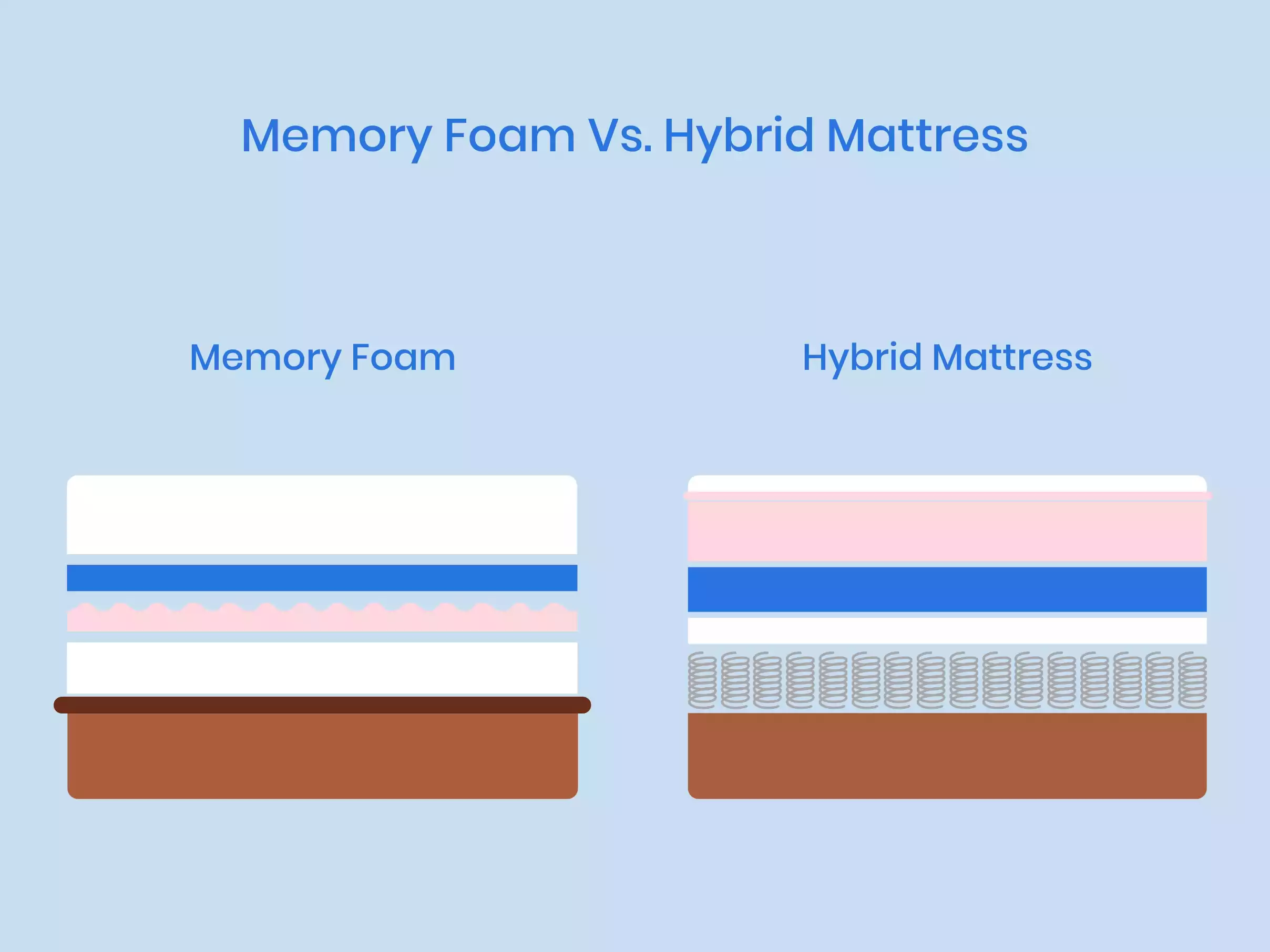 Memory foam mattresses are often considered the more expensive option compared to orthopaedic mattresses. This is because of the advanced technology and high-quality materials used in their production. Orthopaedic mattresses, on the other hand, are more budget-friendly and can be a good option for those on a tight budget. However, it is important to keep in mind that investing in a good quality mattress is essential for your overall health and well-being, so it may be worth spending a little extra for a better sleep experience.
Related keyword:
budget-friendly mattress
Memory foam mattresses are often considered the more expensive option compared to orthopaedic mattresses. This is because of the advanced technology and high-quality materials used in their production. Orthopaedic mattresses, on the other hand, are more budget-friendly and can be a good option for those on a tight budget. However, it is important to keep in mind that investing in a good quality mattress is essential for your overall health and well-being, so it may be worth spending a little extra for a better sleep experience.
Related keyword:
budget-friendly mattress
The Verdict
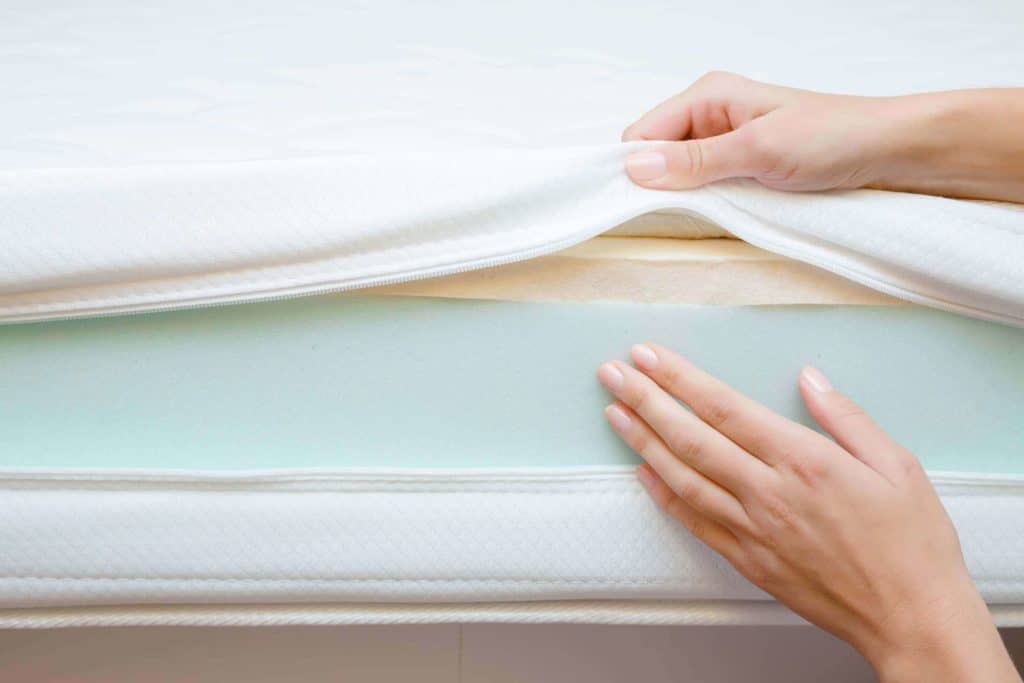 In the end, the choice between a memory foam mattress and an orthopaedic mattress ultimately depends on your individual needs and preferences. If you prioritize comfort and pressure relief, then a memory foam mattress may be the better option for you. However, if you have back problems and need more support for your spine, then an orthopaedic mattress may be the way to go. Whichever you choose, make sure to do your research and invest in a good quality mattress for a better and healthier sleep experience.
Featured keyword:
good quality mattress
In the end, the choice between a memory foam mattress and an orthopaedic mattress ultimately depends on your individual needs and preferences. If you prioritize comfort and pressure relief, then a memory foam mattress may be the better option for you. However, if you have back problems and need more support for your spine, then an orthopaedic mattress may be the way to go. Whichever you choose, make sure to do your research and invest in a good quality mattress for a better and healthier sleep experience.
Featured keyword:
good quality mattress
Conclusion
 In conclusion, both memory foam and orthopaedic mattresses have their own unique features and benefits. While memory foam mattresses are known for their comfort and pressure relief, orthopaedic mattresses are designed for spine support and alignment. When making a decision, consider your individual needs, budget, and do your research to find the perfect mattress for a good night's sleep. Regardless of which one you choose, investing in a good quality mattress is essential for your overall health and well-being.
In conclusion, both memory foam and orthopaedic mattresses have their own unique features and benefits. While memory foam mattresses are known for their comfort and pressure relief, orthopaedic mattresses are designed for spine support and alignment. When making a decision, consider your individual needs, budget, and do your research to find the perfect mattress for a good night's sleep. Regardless of which one you choose, investing in a good quality mattress is essential for your overall health and well-being.






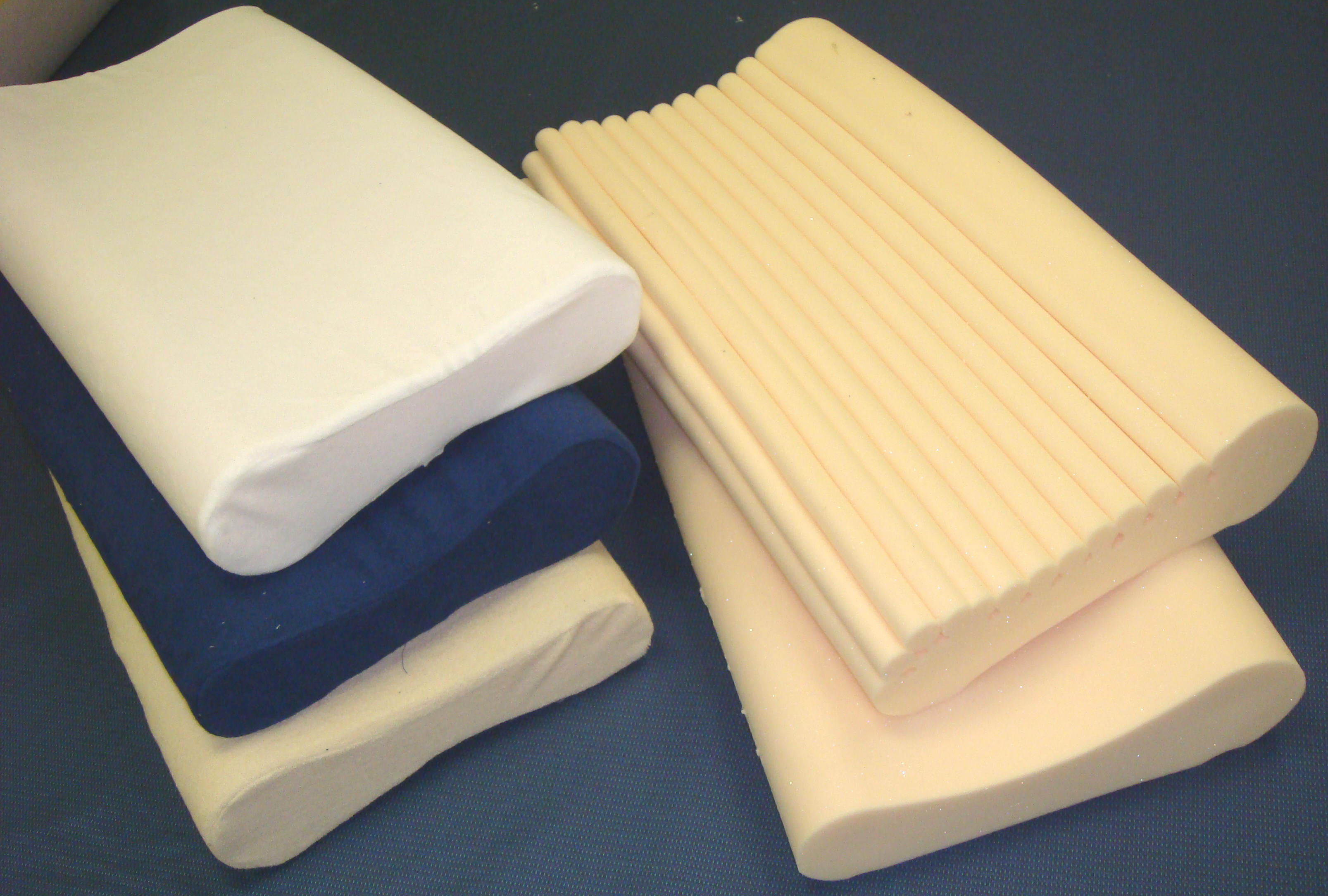
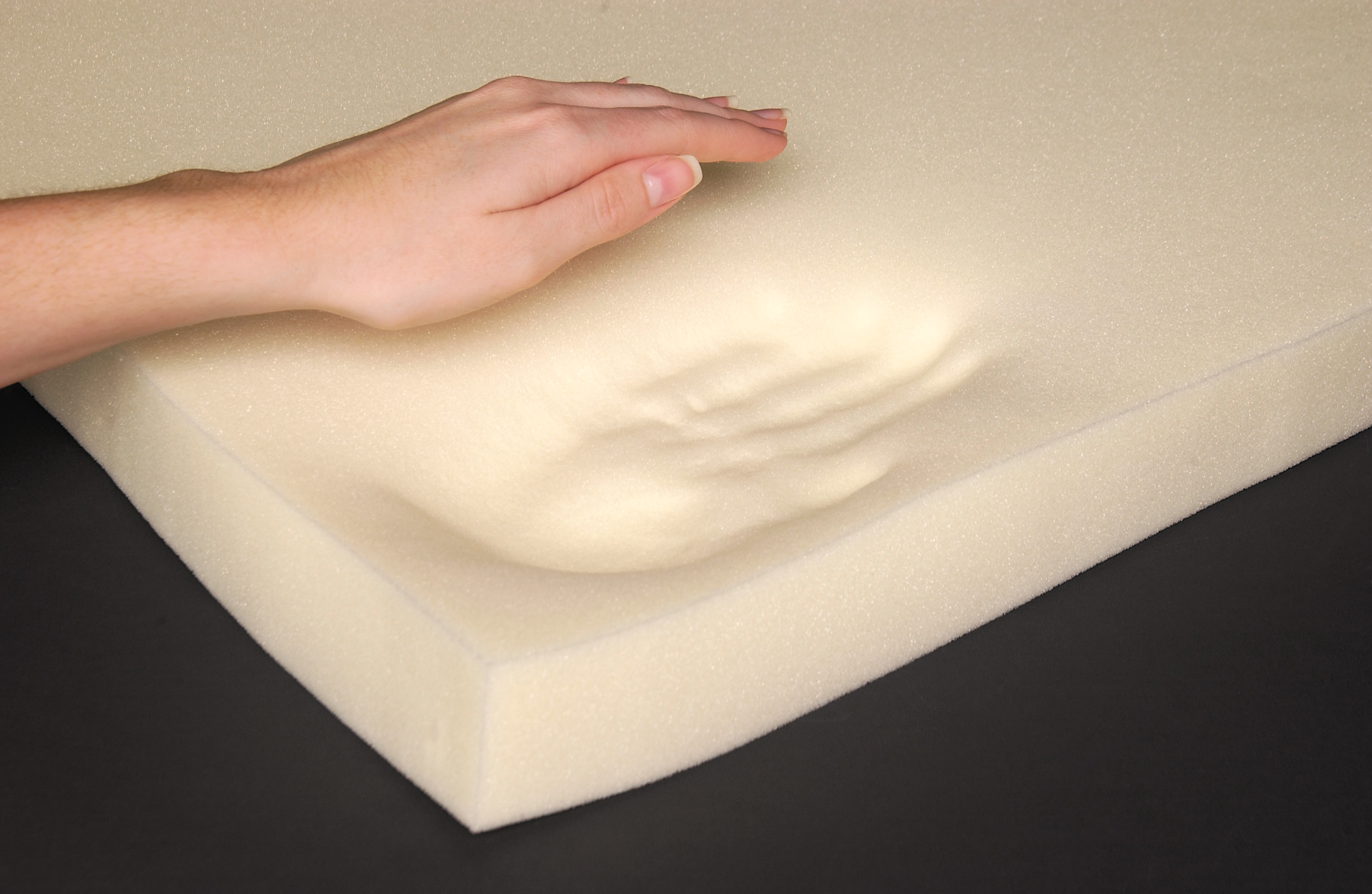
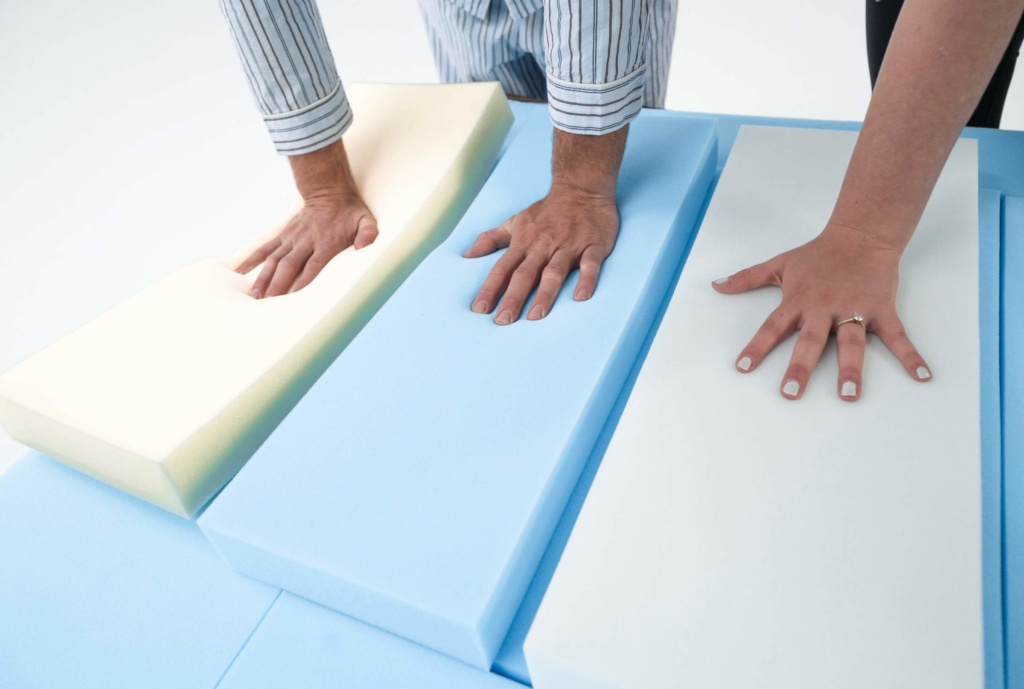
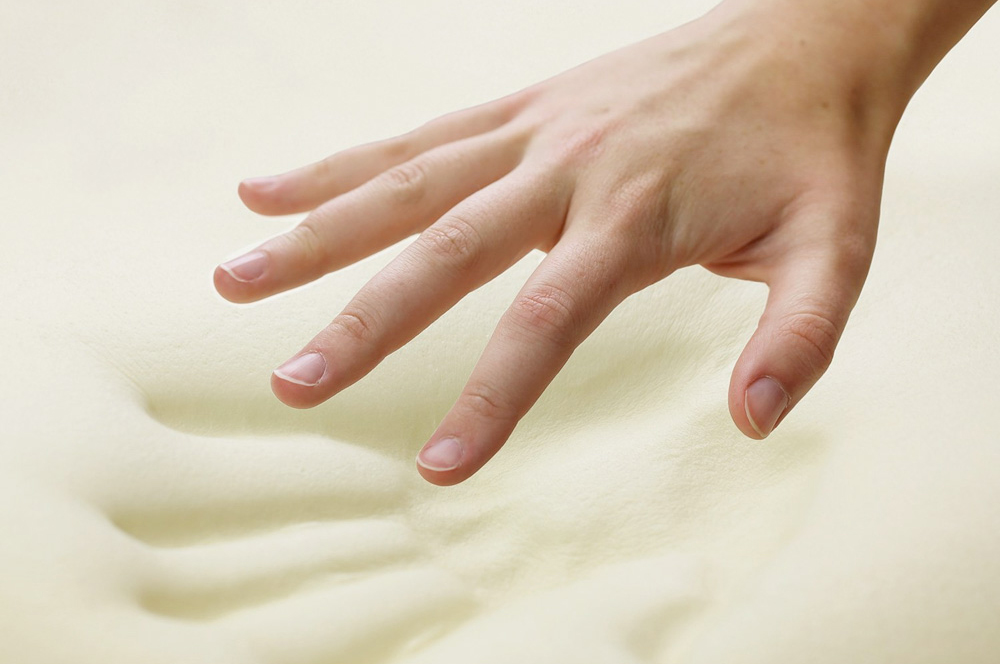

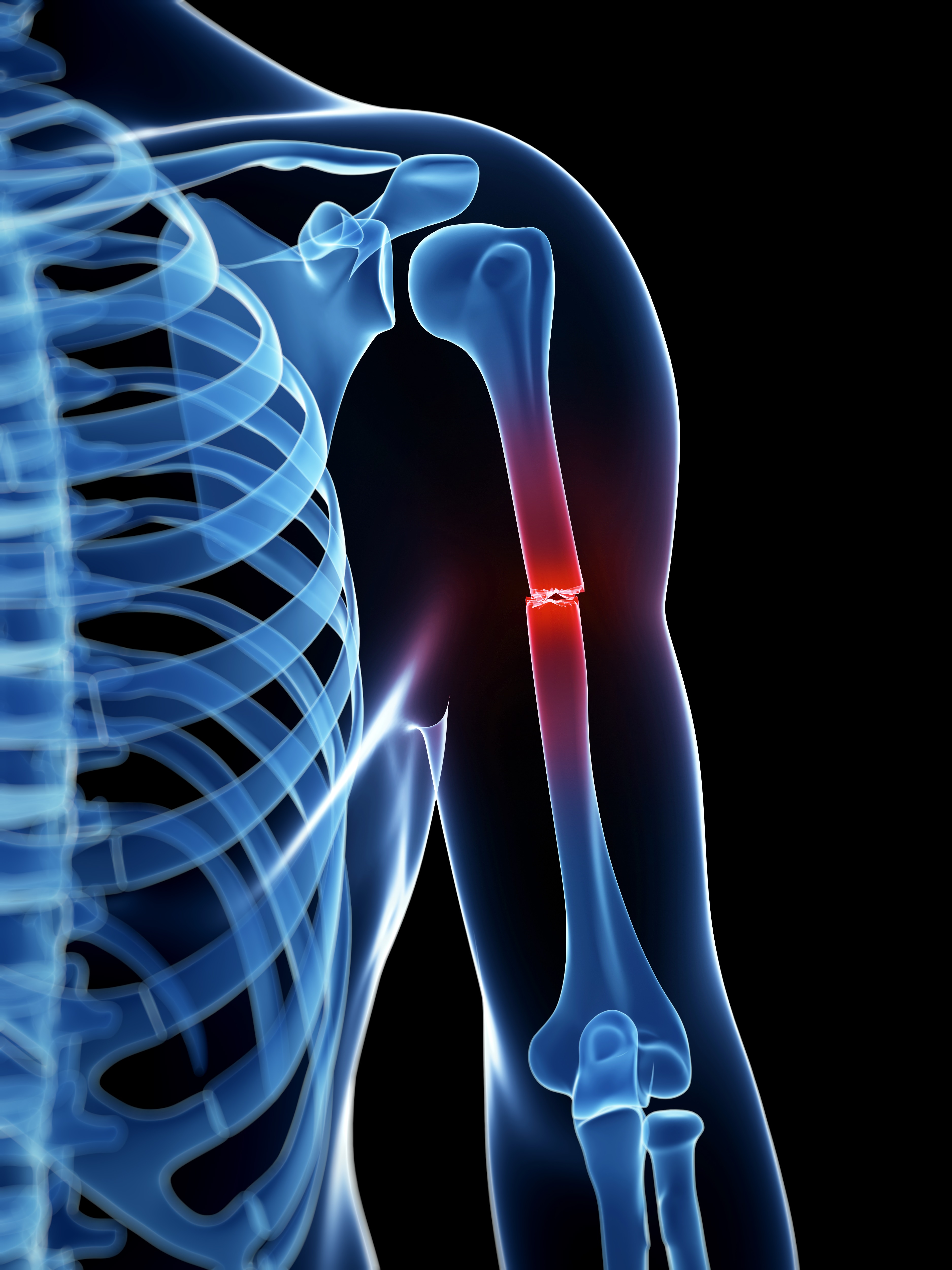



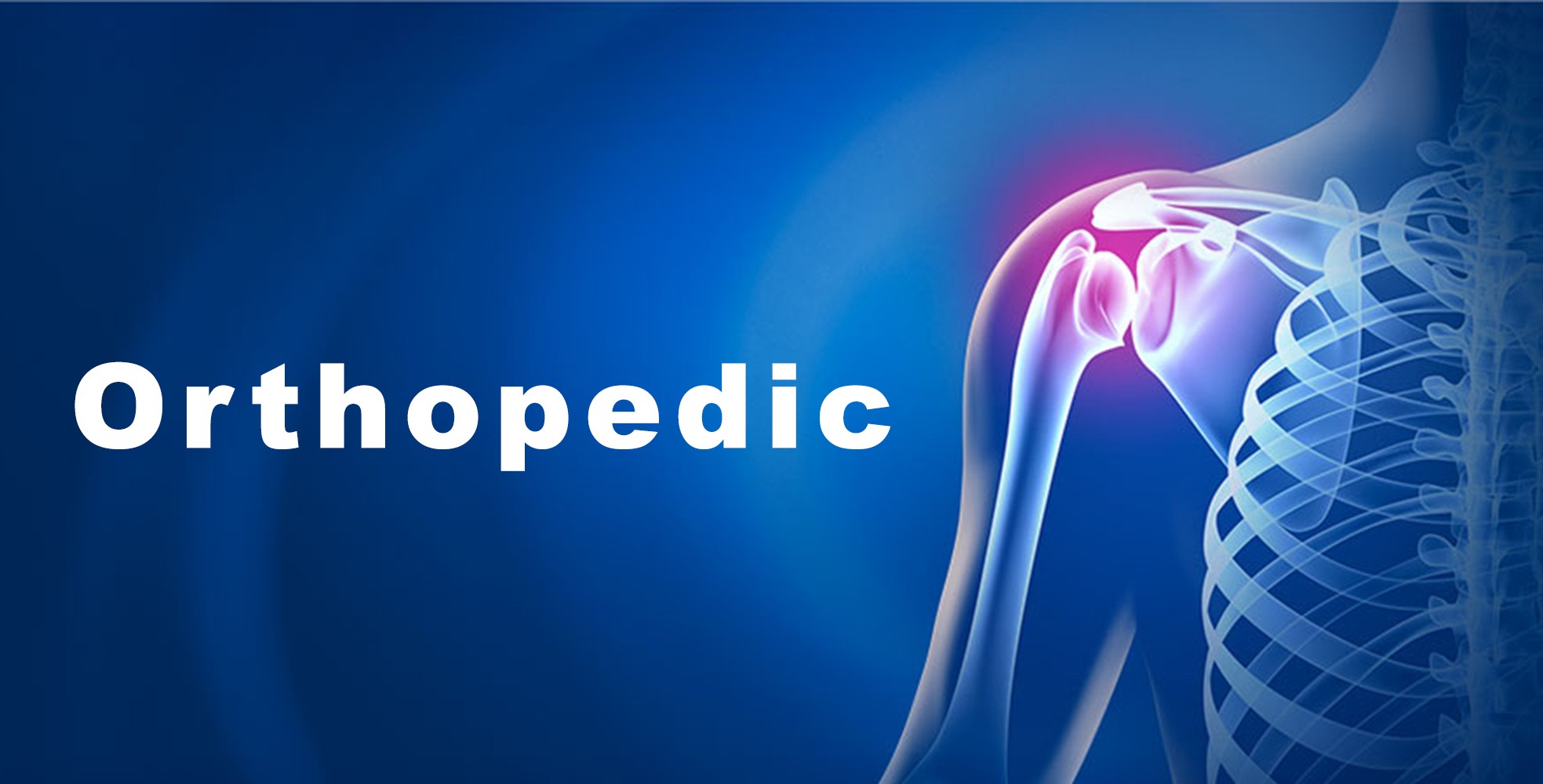




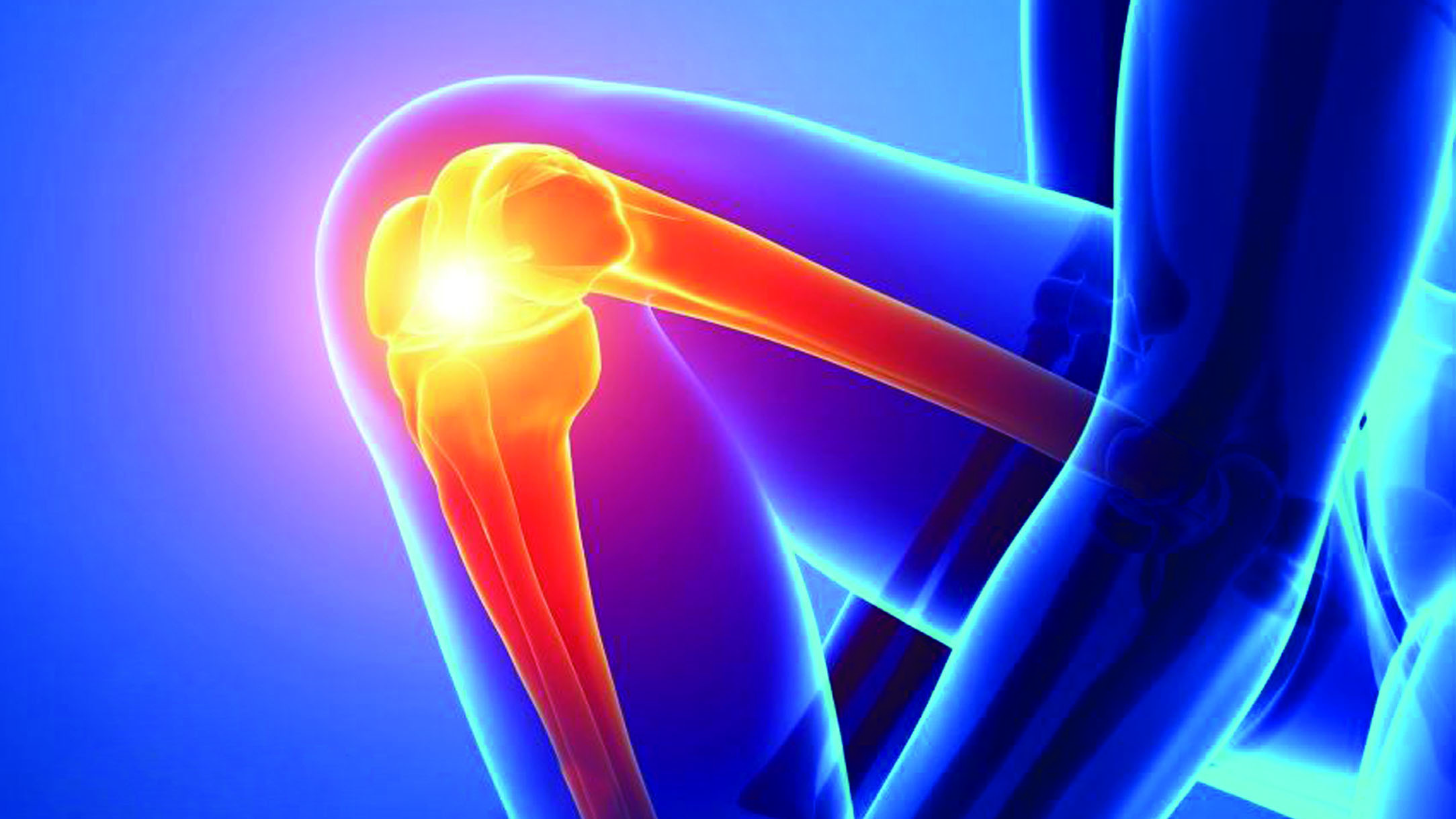

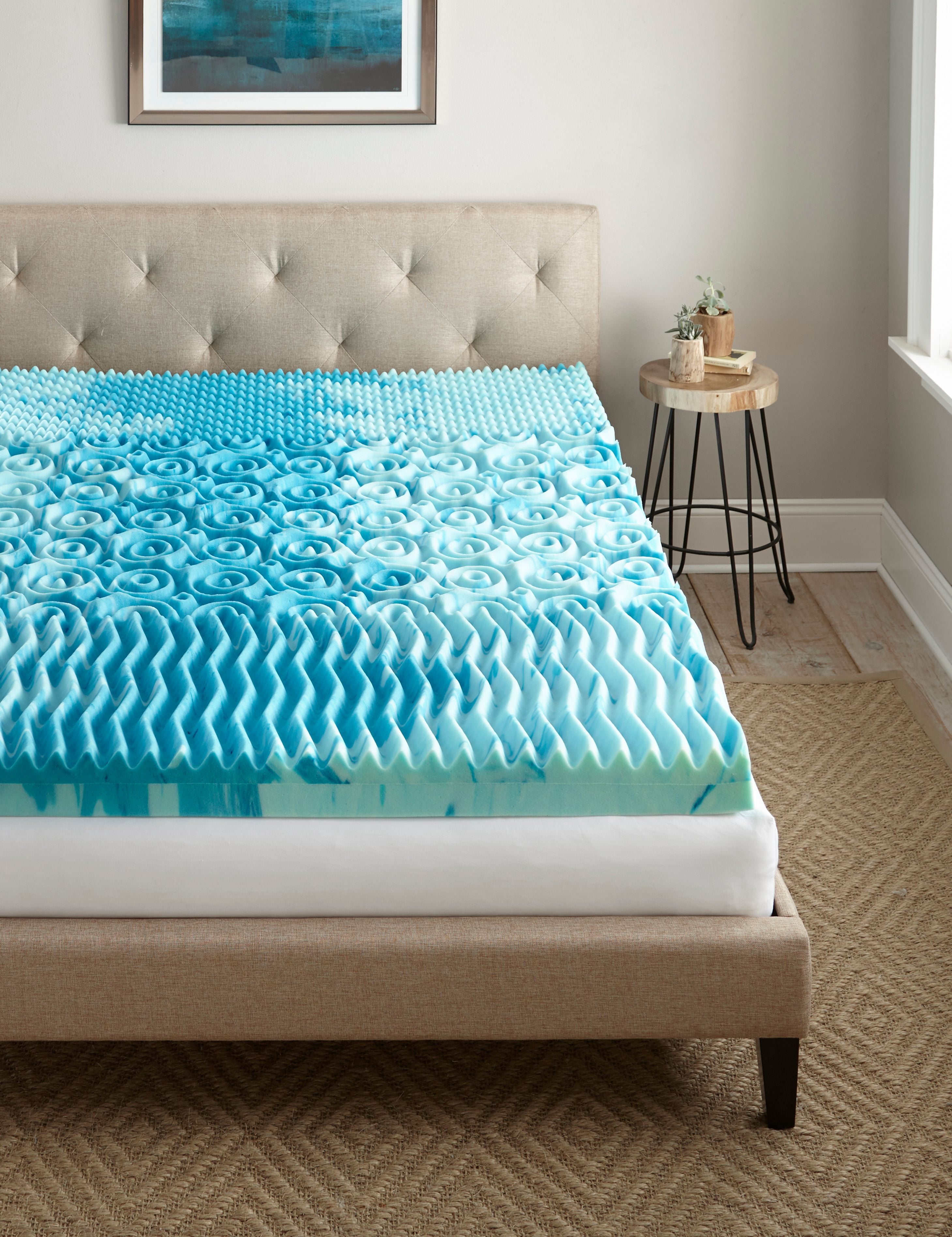





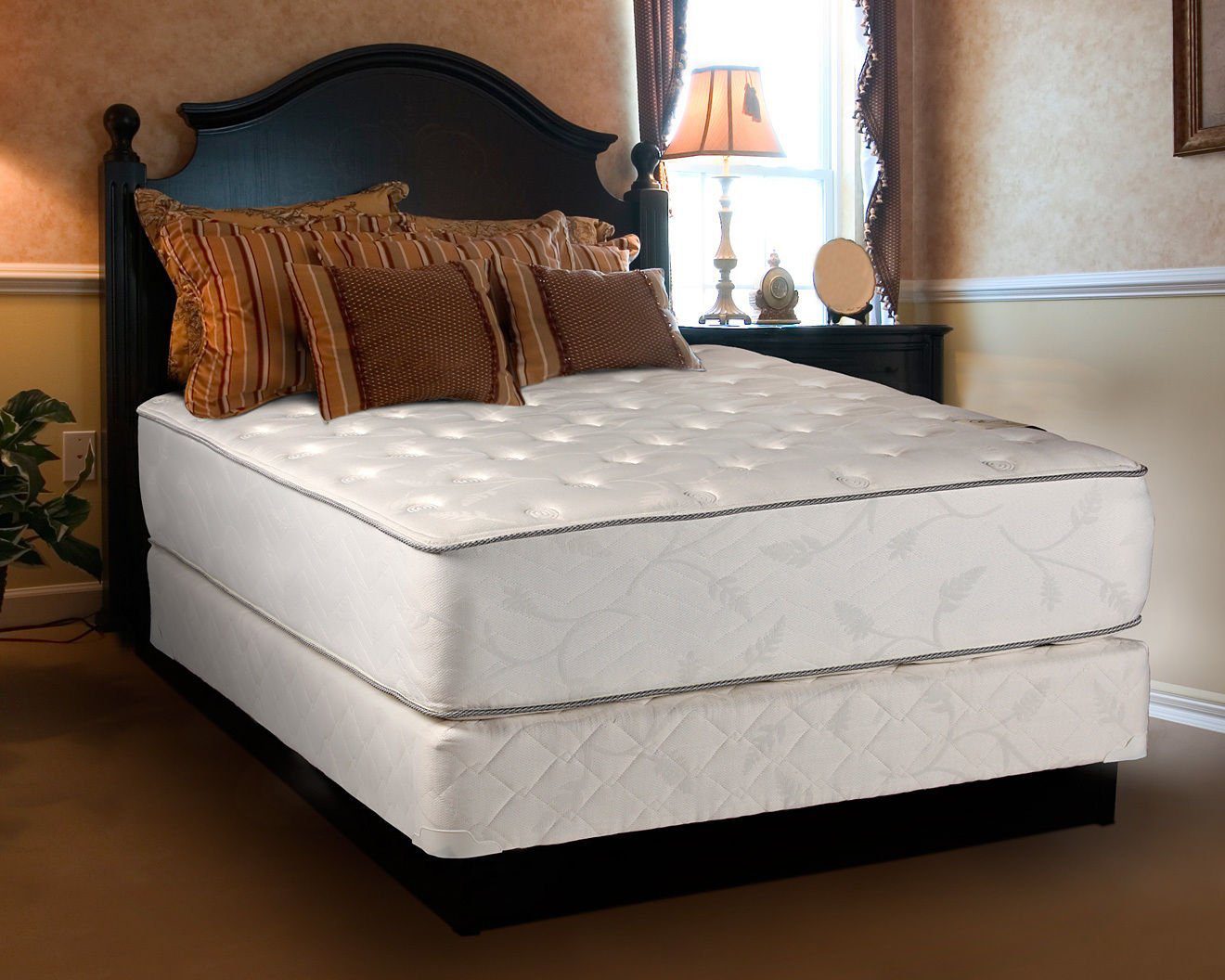
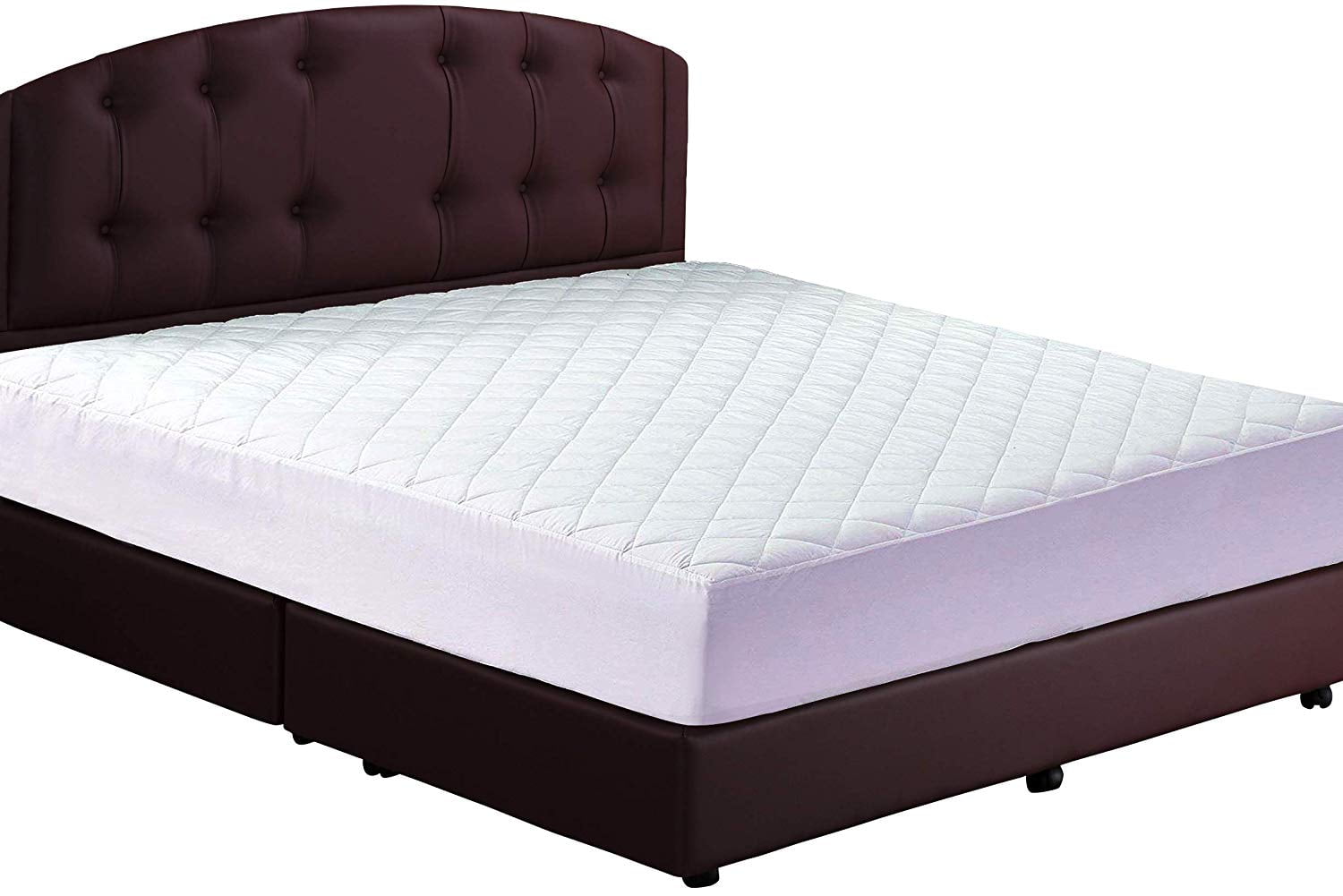


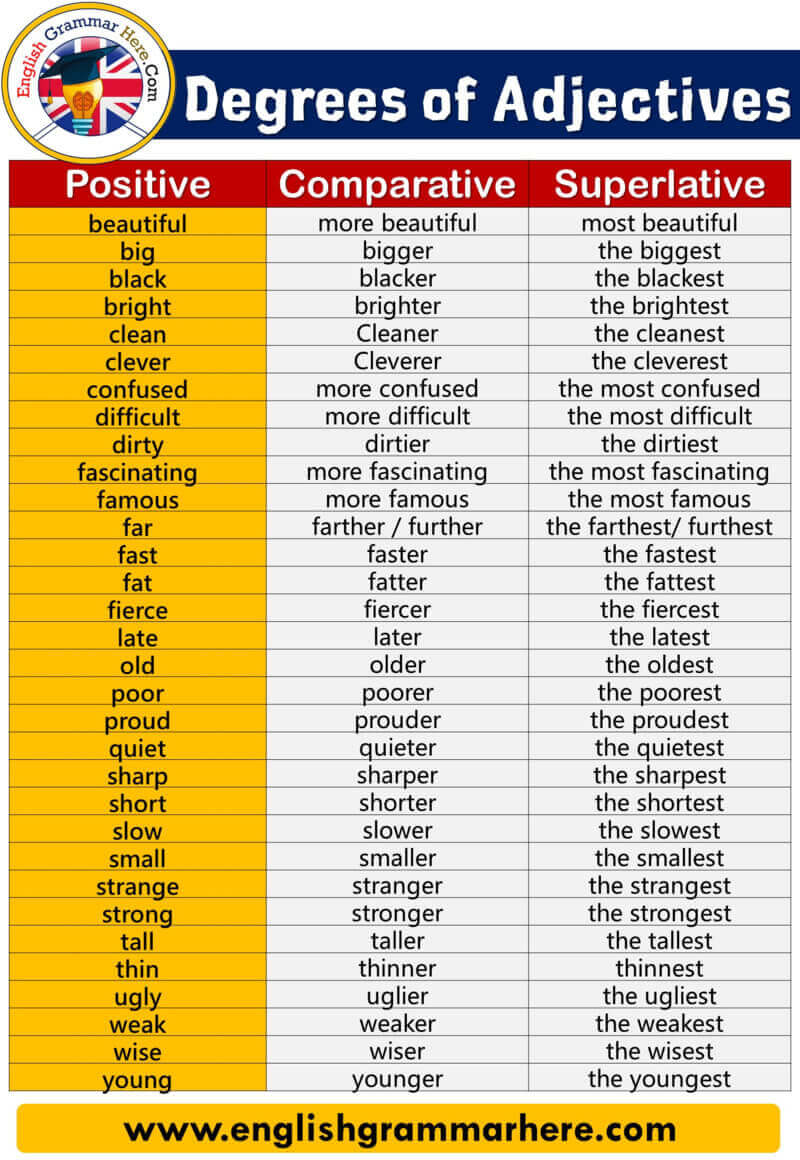


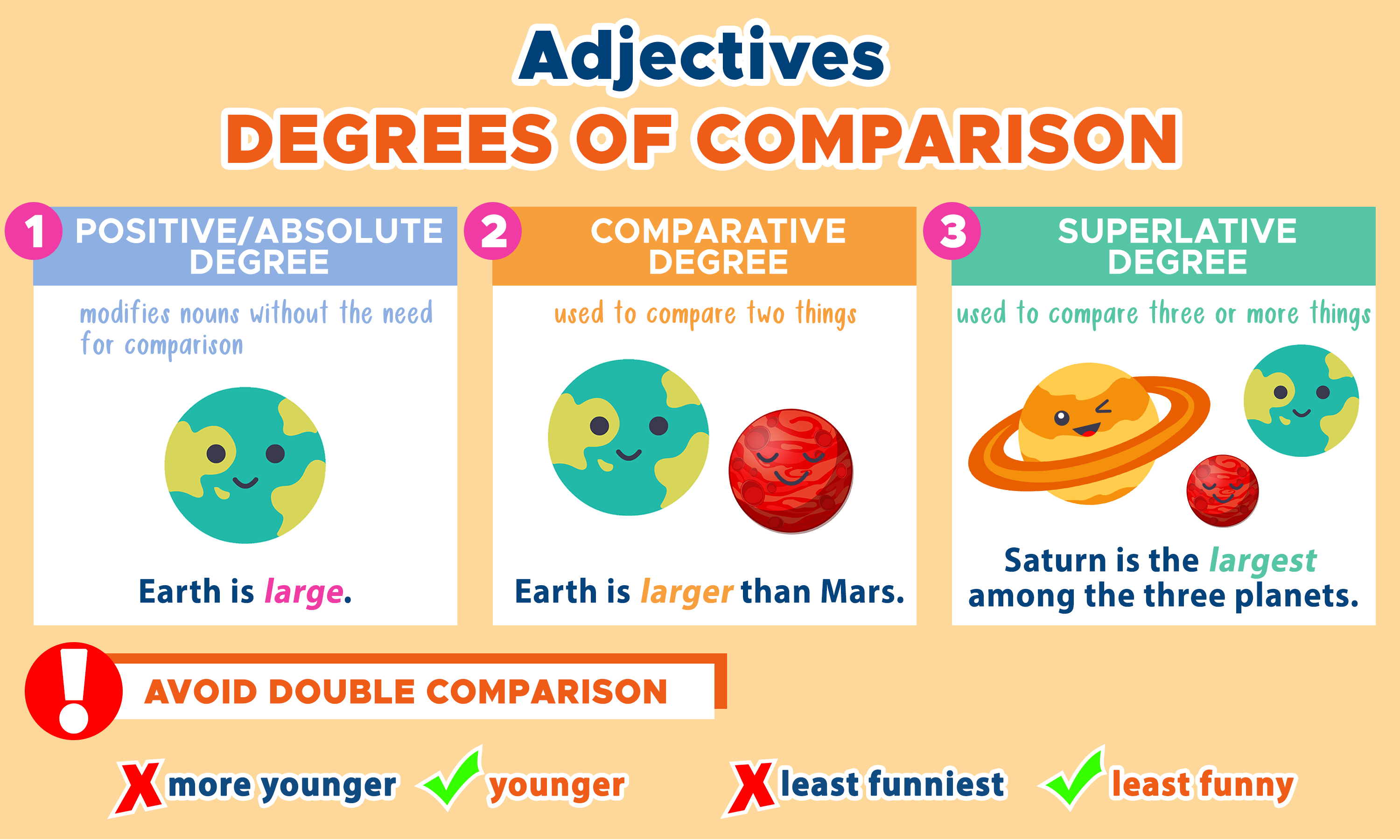



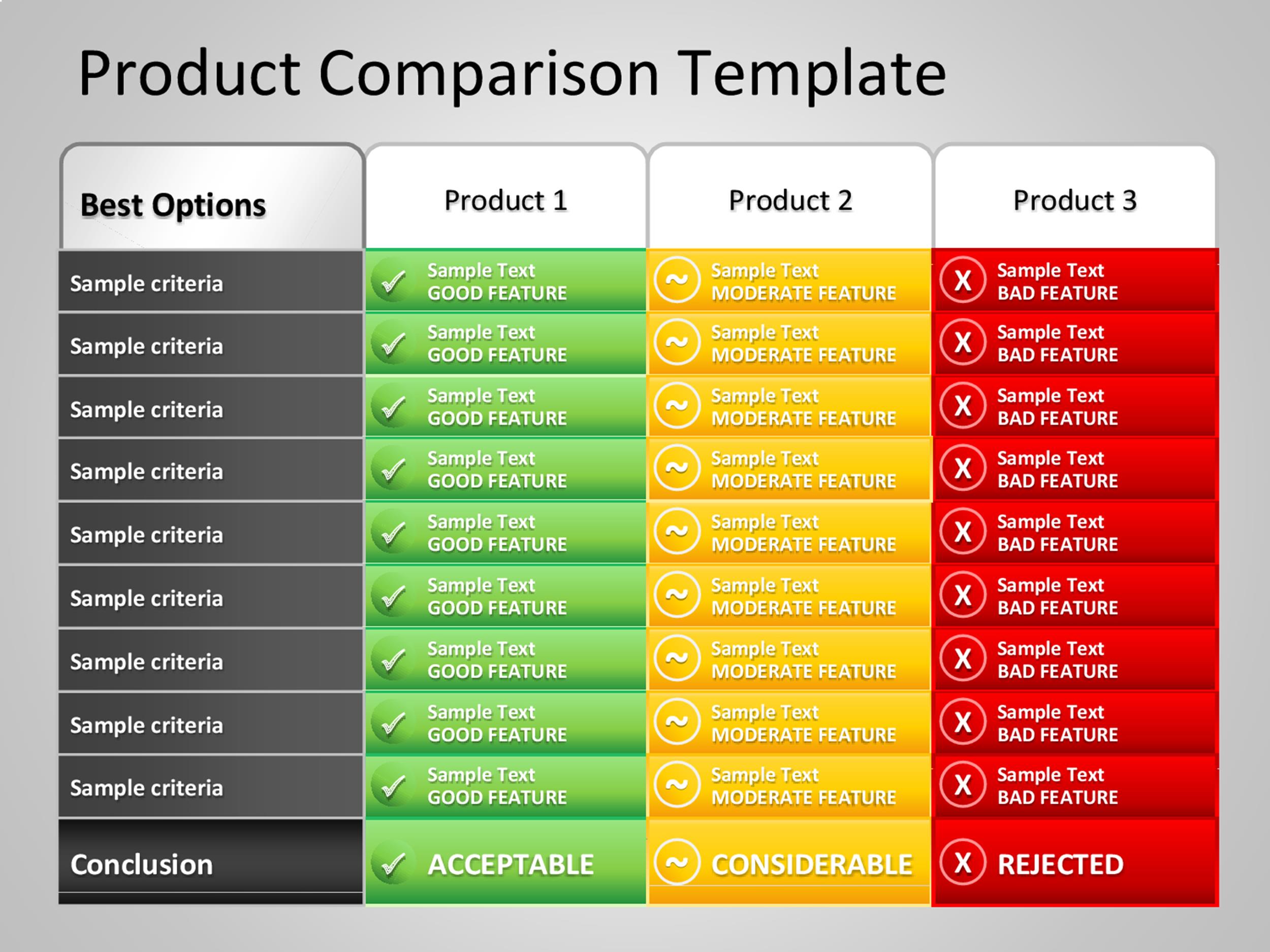



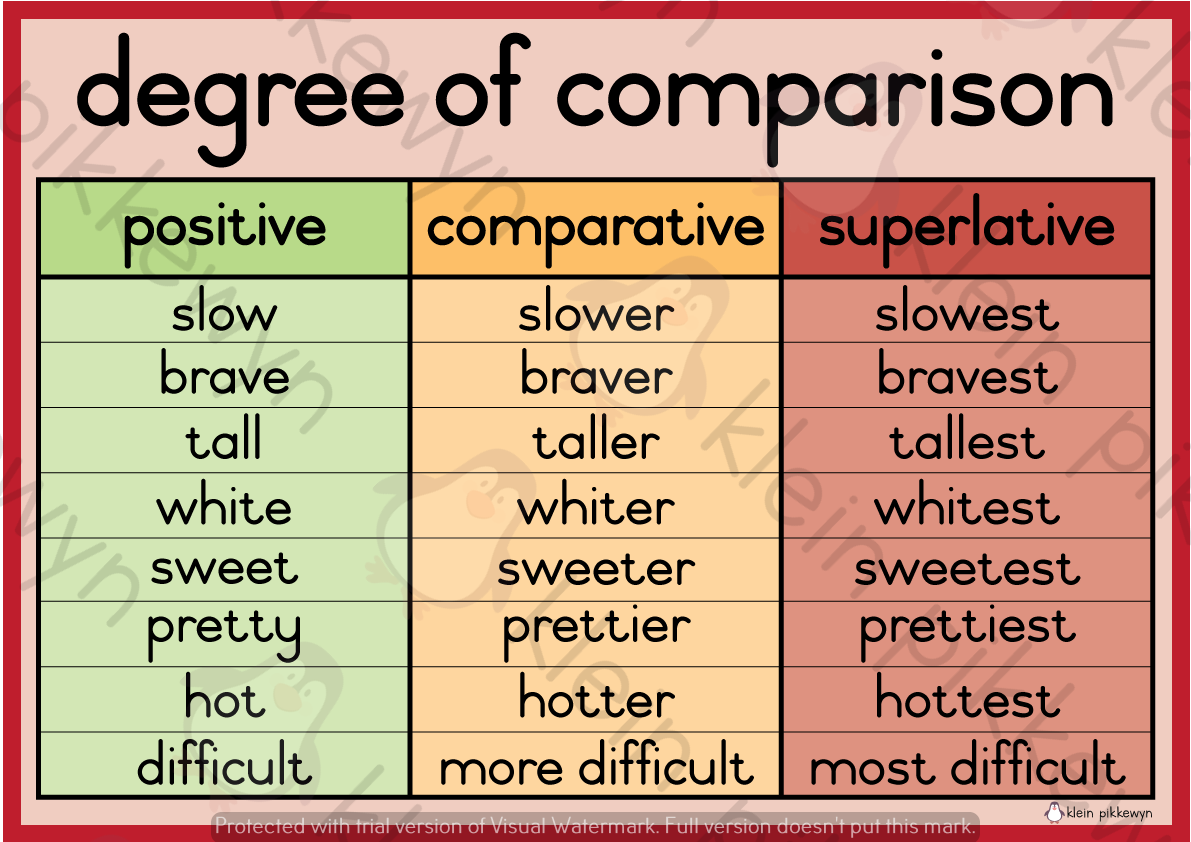





















































:max_bytes(150000):strip_icc()/GettyImages-678826163-59972cc7c412440011f1add9.jpg)

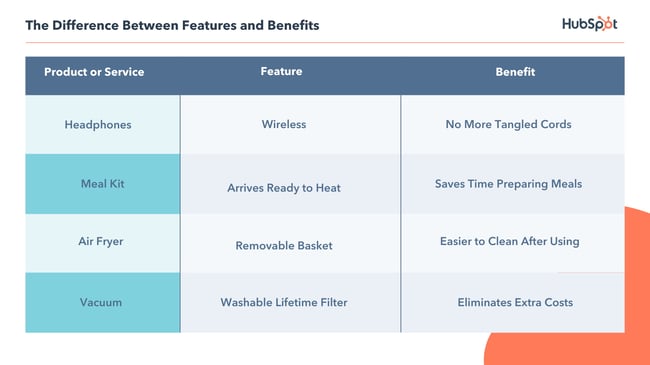






/Imported_Blog_Media/customer-reviews-1.jpg)





